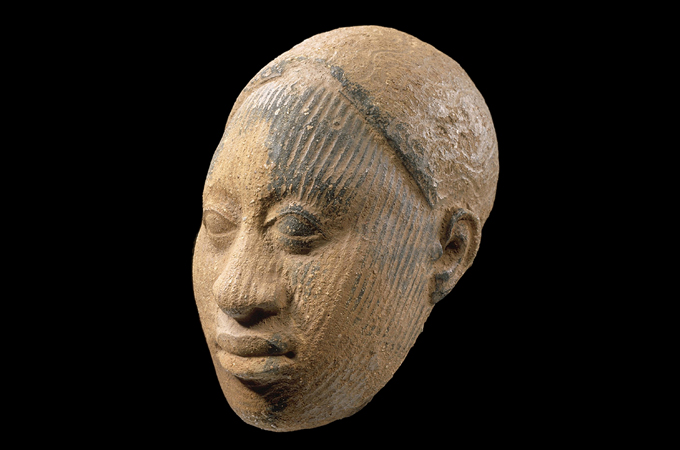Thu, Mar 30, 2017
A wealth of art, from rare centuries-old Islamic and Indian art to contemporary and modern Middle East masterpieces, will be offered at two Bonhams auctions in London next month.
The Islamic and Indian Sale in London will be held on April 25 followed by the Modern and Contemporary Middle Eastern Art sale on April 26.
The Islamic and Indian Art sale will be led by an extraordinary and rare zhigri, used to support the tents under which kings and princes sheltered from the heat in 12th century Persia.
The royal tent support is estimated at £100,000-150,000 ($124,000-186,000).
Zhigri were initially thought to have been monumental candle stands. However, their depiction in a number of significant illustrated manuscripts led to the discovery that they bridged two adjoining wooden poles to support imperial tents made of heavy materials.
This particular piece was discovered in Kyrgyzstan, and has been housed in a private UK Collection since 1950. Only 10 other Persian tent supports are known to exist, and they are all housed in museums in Russia, Kyrgyzstan and the Kazakh Republic.
A further highlight is a rare Maghribi metal-thread embroidered panel, probably from the 18th century, and estimated at £60,000-80,000 (75,000-99,500). This is an exquisite example of a textile from the eastern part of North Africa. The reference to ‘Lord Idris son of our Master’ pins the probable location of manufacture to Morocco.
It is possible that the panel was made for the tomb of the founder of the Idrisid Dynasty in Moulay Idris Zerhoun, Morocco, or for the Maqam Ibrahim shrine at Mecca.
Other highlights include:
• An exceptionally rare Nasrid woodwork box, estimated at £20,000-30,000 ($25,000-37,000). This example of fine Nasrid woodwork has the unusual feature of dyed bone elements in hues of blue and green, reminiscent of the Nasrid tile work at the Alhambra.
• A rare 13th century Andalusian brass astrolabe from Islamic Spain, estimated at £8,000- 12,000 ($9,900-14,900). Astrolabes were widely used in the Islamic world both for navigation and for finding the Qibla, or the direction of Makkah.
• Oliver White, Bonhams Head of Islamic and Indian Art, said: “This sale reflects a rich and diverse history of Islamic and Indian art forms, spanning eight centuries and encompassing a range of media, including pottery, glass, textiles, manuscripts and paintings. We are fortunate to include a number of rare artefacts, which will prove to be of great interest to collectors.
CONTEMPORARY AND MODERN ART
The Modern and Contemporary Middle Eastern Art sale, meanwhile, will throw the spotlight on leading Middle Eastern artists, all of whom were pioneering in the way in which they engaged with western art.
The sale will be led by Mir + 54 + BZ + S, a seminal 1962 work by Iranian master Charles Hossein Zenderoudi, estimated at £200,000-300,000 ($248,000-373,000).
Born in Tehran in 1936, Zenderoudi moved to Paris in 1961 where he mixed with artists such as Giacometti, Lucio Fontana and Serge Poliakoff. Mir + 54 + BZ + S, which was executed just over a year after Zenderoudi arrived in France, is typical of the artist’s intricate, calligraphic works. Influenced by the palette of the Fauvists and compositional elements of European lettrism, Zenderoudi stripped a traditionally religious script of all but visual appeal, bringing a fresh and universal perspective to an archaic language.
Zenderoudi’s work features in many of the world's most prominent art institutions, including the British Museum (London), Centre Pompidou (Paris) and MOMA (New York) where K + L + 32 + H + 4, a sister piece to Mir + 54 +BZ + S, currently hangs beside Matisse's Fauvist masterpiece Dance.
Also from Iran is the trail-blazing artist Monir Farmanfarmaian, whose shining Qazvin (2006) is estimated at £100,000-200,000 ($124,000-248,000). The Iranian grande dame of geometric art moved from the ancient city of Qazvin to New York in 1944. There, “that beautiful Persian girl” (as she was dubbed by John Cage) mixed with the likes of Willem de Kooning, Jackson Pollock and Andy Warhol. Influenced by the New York avant-garde set, Farmanfarmaian established a contemporary take on traditional Islamic art.
Qazvin, executed in 2006, is typical of a style inspired by the “infinite possibility” of geometric mirrors that decorate the Shah Cheragh mosque in Shiraz. Farmanfarmaian is one of the most acclaimed figures to emerge from Iran in the past century. The Solomon R. Guggenheim Museum (New York) staged a major retrospective of her work in 2015. The artist’s opus is catalogued in the book Monir Shahroudy Farmanfarmaian: Cosmic Geometry (2011) which features tributes from fellow artists and curators, including Frank Stella and Hans Ulrich Obrist.
Elsewhere, the highly sought after artist, Jewad Selim, is represented by Woman Selling Material (1953), estimated at £60,000-100,000 (($74,000-124,000).
Considered the father of Iraqi modernism, Selim studied in Paris, Rome and London before returning to Baghdad where he co-founded the Baghdad Group of Modern Art - a body that sought to reconcile a grand visual legacy with the contemporary world. Woman Selling Material is one of just a few works from the Baghdad Group period not already in a permanent collection. The work was exhibited as part of the one-man exhibition of Selim’s work that toured the US in 1953 making him the first Arab artist to receive international acclaim.
Representing Egyptian modernism, Mahmoud Said’s 1947 oil, Le Nil à Asouan (The Nile at Aswan), is estimated at £170,000-250,000 ($211,000-310,000). Born into Egyptian high society (son of Prime Minister Mohammed Pasha Said and uncle of Queen Farida), Said was taught by Italian artists in Alexandria before leaving for Paris in the 1920s.
There he applied a distinctly European aesthetic to traditional Egyptian subjects. The present work, a stylized depiction of the Nile at the ancient city of Aswan, was found in the unlikely hands of a potato seller in a Cairo market in the 1960s. The renowned Egyptian illustrator, Mohie Eldin Ellabad, bought the work for 5EGP (equivalent of 12 pence). He subsequently sold it on to the prominent Alexandrian collector Dr. Hussein El Shaboury from whom it was acquired by the current owner.
Mahmoud Said has been represented at major institutions across the world, in Venice, New York, Cairo, Moscow and Paris. Bonhams achieved the highest price for a Middle Eastern artwork in recent memory when Said’s L’iile Heureuse sold for £1.2 million ($1.49 million) in October 2016.
Nima Sagharchi, Bonhams Head of Modern and Contemporary Middle Eastern art, said: “The artists leading Bonhams’ Middle Eastern sale were all educated and exhibited in Europe and the US. They represent a generation that managed to express their rich indigenous artistic heritage with the visual language of international Modernism. As Bonhams recent Middle Eastern Art sales demonstrate, Middle Eastern artists from the modern era are finding an increasingly broad, international appeal.”








,-Mir--54--Bz--S.jpg)
-The-First-Hijra.jpg)
-The-Melon-Seller-(60,000-100,000).jpg)
-Le-Nil-a-Asouan-(The-Nile-at-Aswan).jpg)
-Qazvin.jpg)
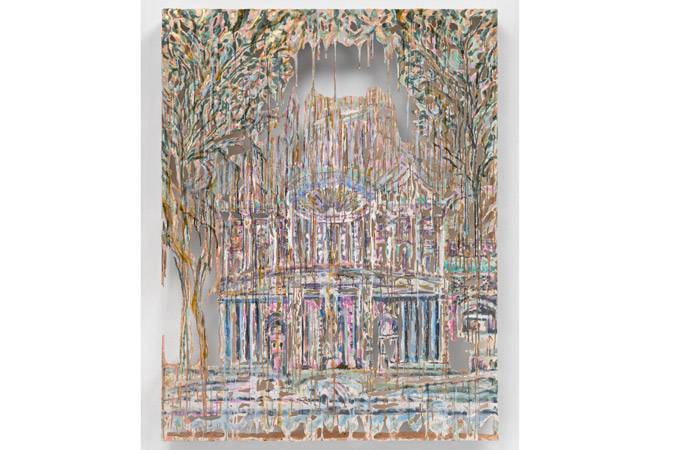
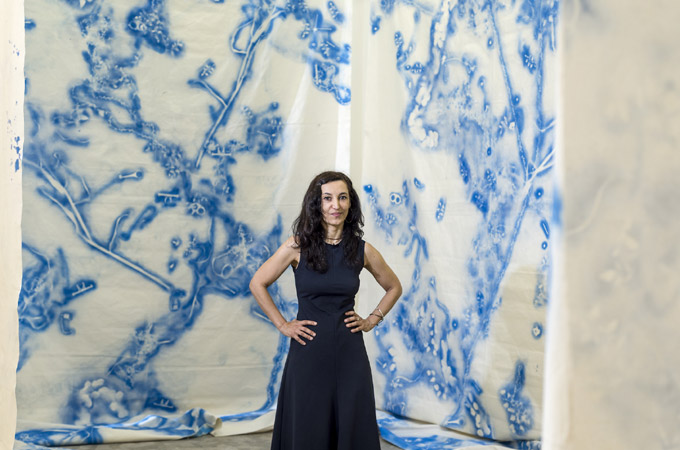
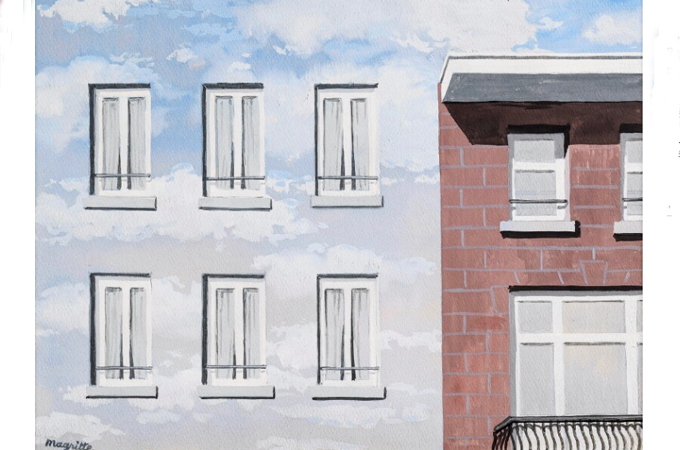

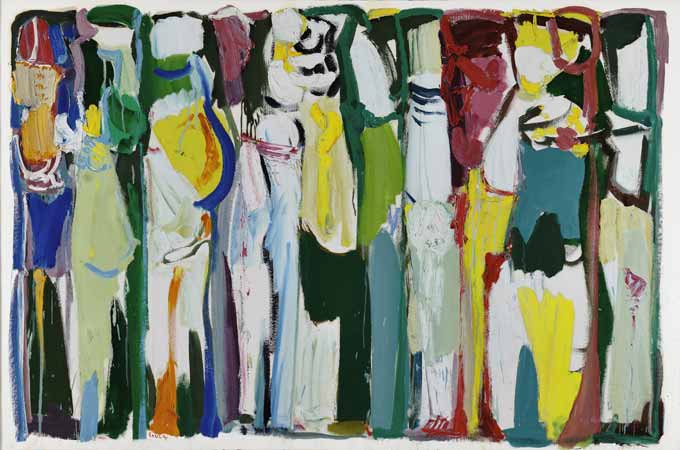
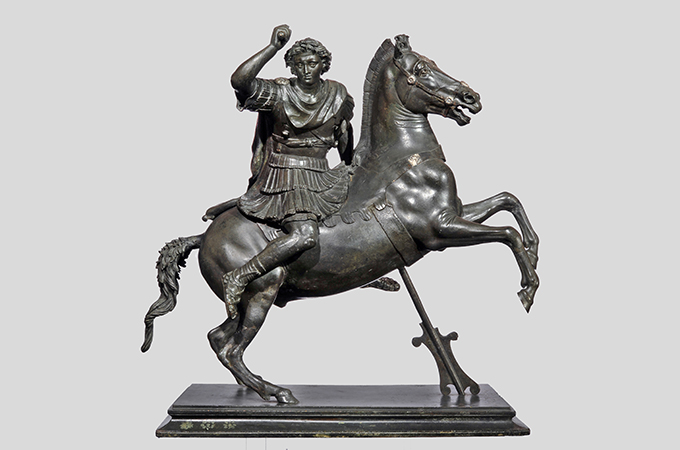
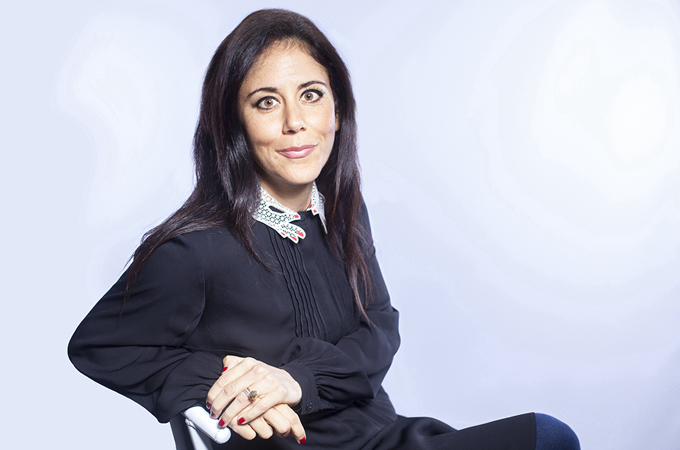
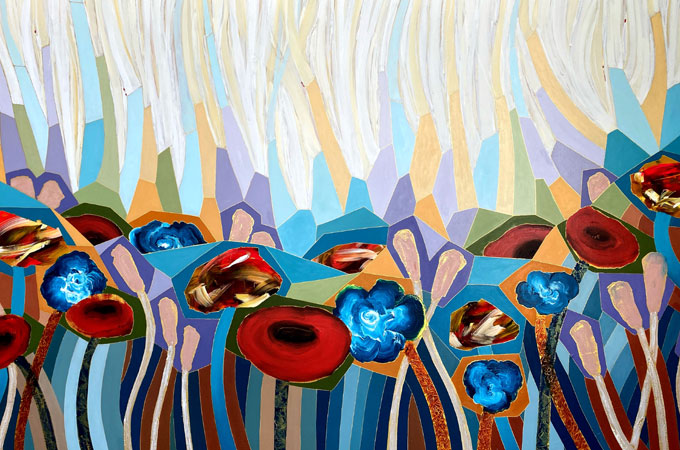
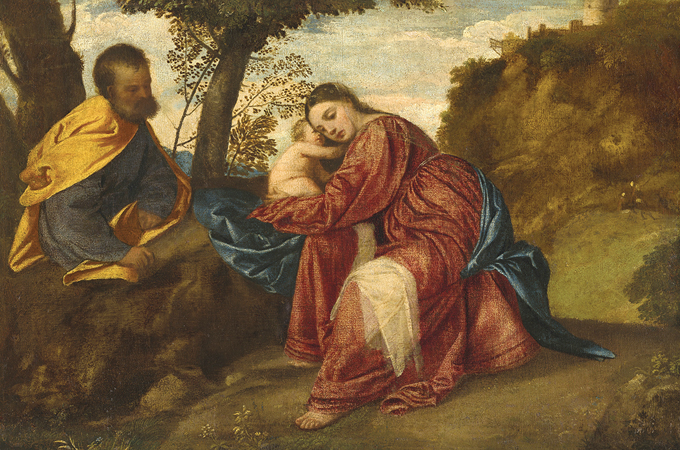

.jpg)
